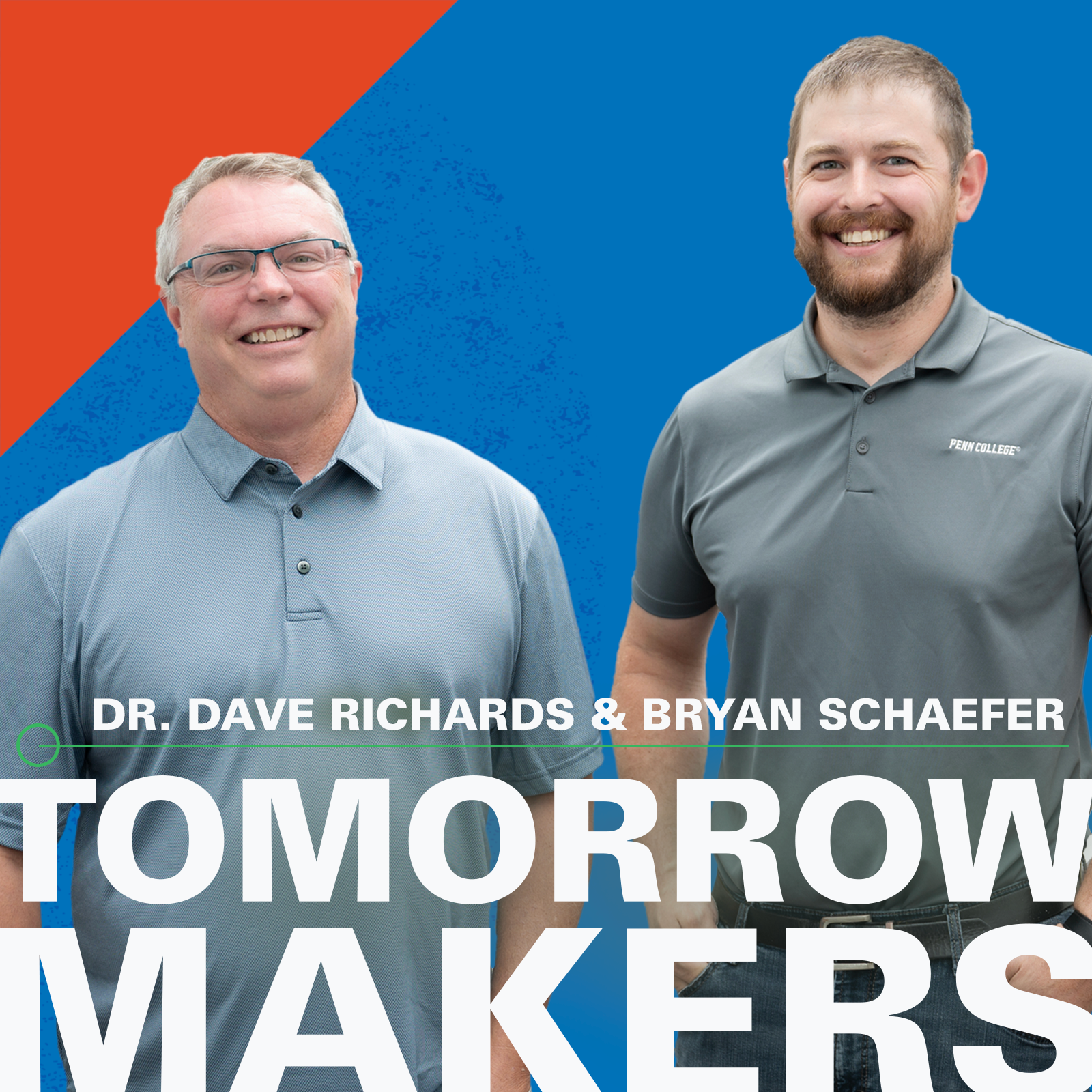
Dr. Dave Richards & Bryan Schaefer: Physics & Astrophotography
What do physics professor Dr. Dave Richards and CNC machining and automation instructor Bryan Schaefer have in common? They both enjoy exploring the magic of the night's sky. We brought together two wildly curious minds for a conversation that covers everything from time machines and astrophotography to brewing and their history as a teacher and student. When we recorded this, Bryan was employed as a maintenance mechanic/millwright specialist at Penn College. Today, he's teaching the next generation here at Penn College. Get inspired by natural wonders and learn what it takes to capture breathtaking stars, planets, and galaxies.
Cherry Springs State Park: Located one and a half hours from campus, this prime location offers perfect conditions for night sky enthusiasts.
Dr. Justin Ingram: Science & Brewing: Check out this past podcast where we tap into Justin's love of science and brewing and explore how he crafted a career that unites these two passions.
